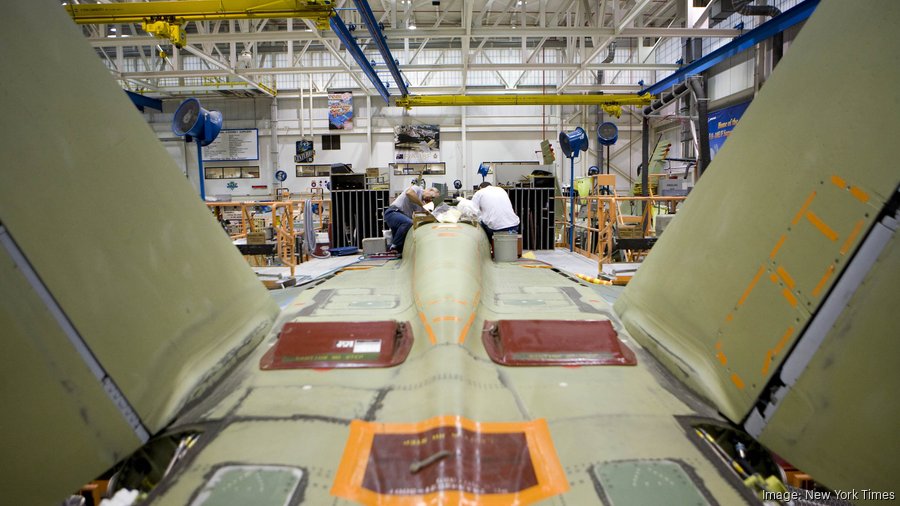Mrinmay Dey
Fri, August 11, 2023

Logo of U.S. truckmaker Nikola in Hanover
(Reuters) -Nikola said on Friday it was recalling all the battery-powered electric trucks that it has delivered till date and is suspending sales after an investigation into recent fires found a coolant leak inside a battery pack as the cause.
There are a total of 209 battery-powered electric trucks in the marketplace between dealers and customers and the company is recalling those vehicles and is in the process of contacting all parties, a spokesperson for Nikola told Reuters.
The preliminary findings of the probe by a third-party investigator were corroborated on Thursday by a "minor thermal incident" on one pack on a parked engineering-validation truck, the company said, adding that no one was injured.
"Foul play or other external factors were unlikely to have caused the incident," Nikola said in a statement, adding efforts were underway to provide a remedy.
The company had said it suspected foul play when it started an investigation in June after trucks at its Phoenix, Arizona, headquarters caught fire. One damaged truck, kept at the Phoenix site for monitoring, re-ignited last month.
Internal investigations from Nikola's safety and engineering teams indicate a single supplier component within the battery pack as the likely source of the coolant leak that caused the vehicles to catch fire, the company said.
Struggling with supply chain bottlenecks and weaker demand, Nikola decided to make battery electric trucks only to order and focus on hydrogen fuel cell trucks.
Nikola on Aug. 4 appointed Chairman Stephen Girsky, a former General Motors executive, as its chief executive, its fourth in four years.
The company flagged "substantial doubts" about its ability to continue as a going concern for the next 12 months, reiterating its warning for the third time since February, as it awaits "critical" additional capital.
On Friday, Nikola asked customers and dealers of its Tre battery electric trucks to take certain immediate safety measures, including considering parking them outside.
Nikola's shares fell as much as 5.6% after the close.
(Reporting by Shubhendu Deshmukh and Mrinmay Dey in Bengaluru and Abhirup Roy in San Francisco; Editing by Sandra Maler, William Mallard and Raju Gopalakrishnan)










